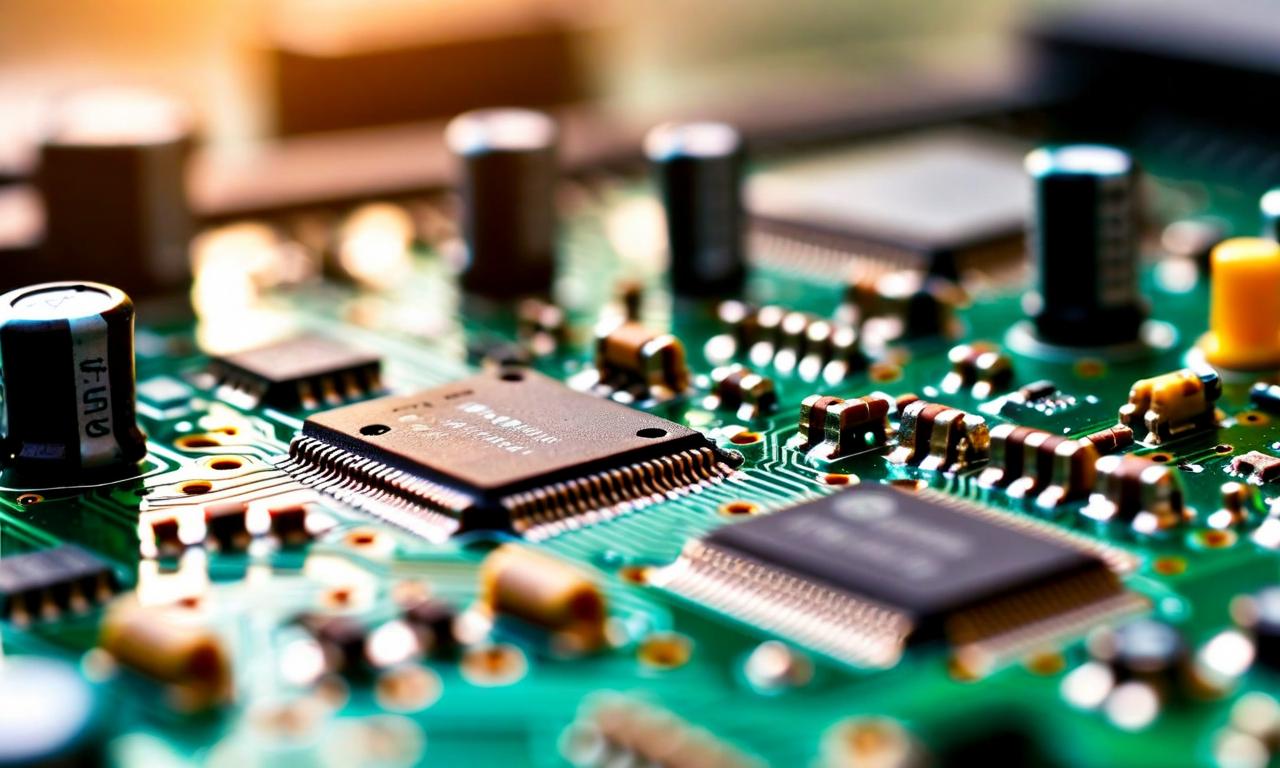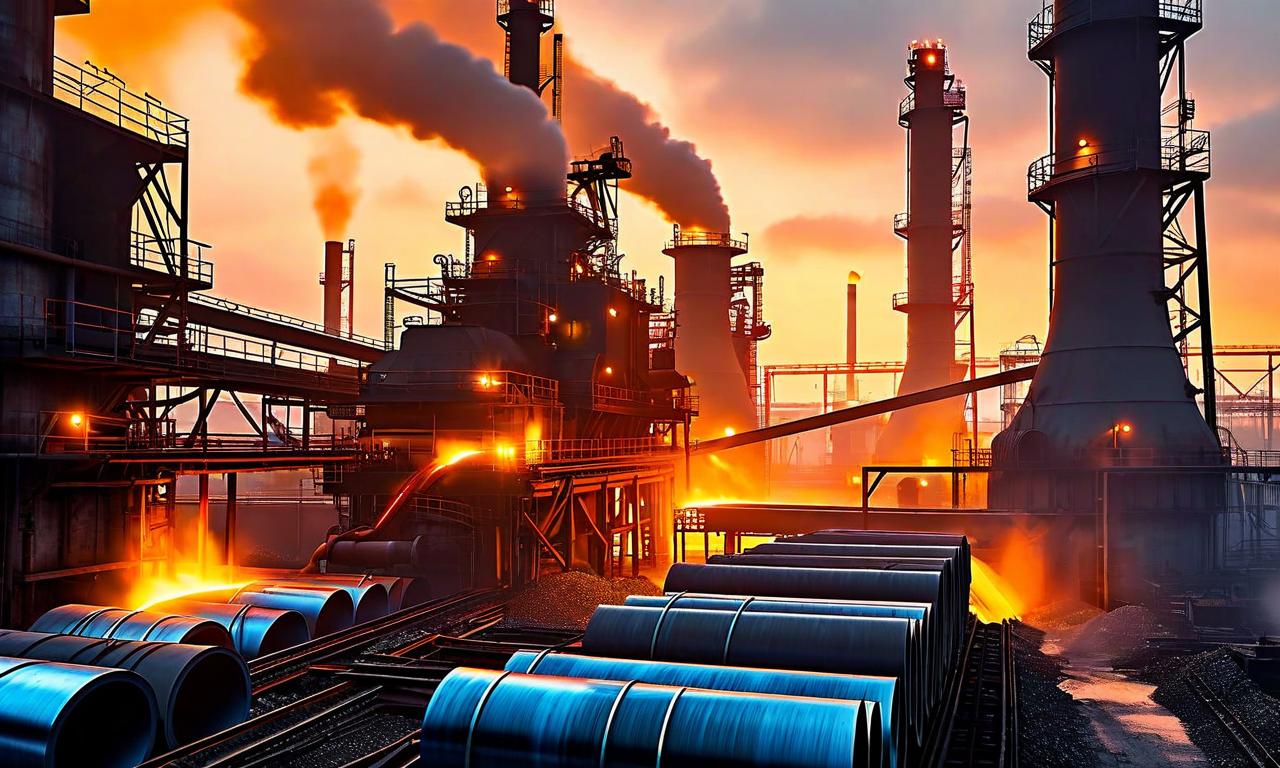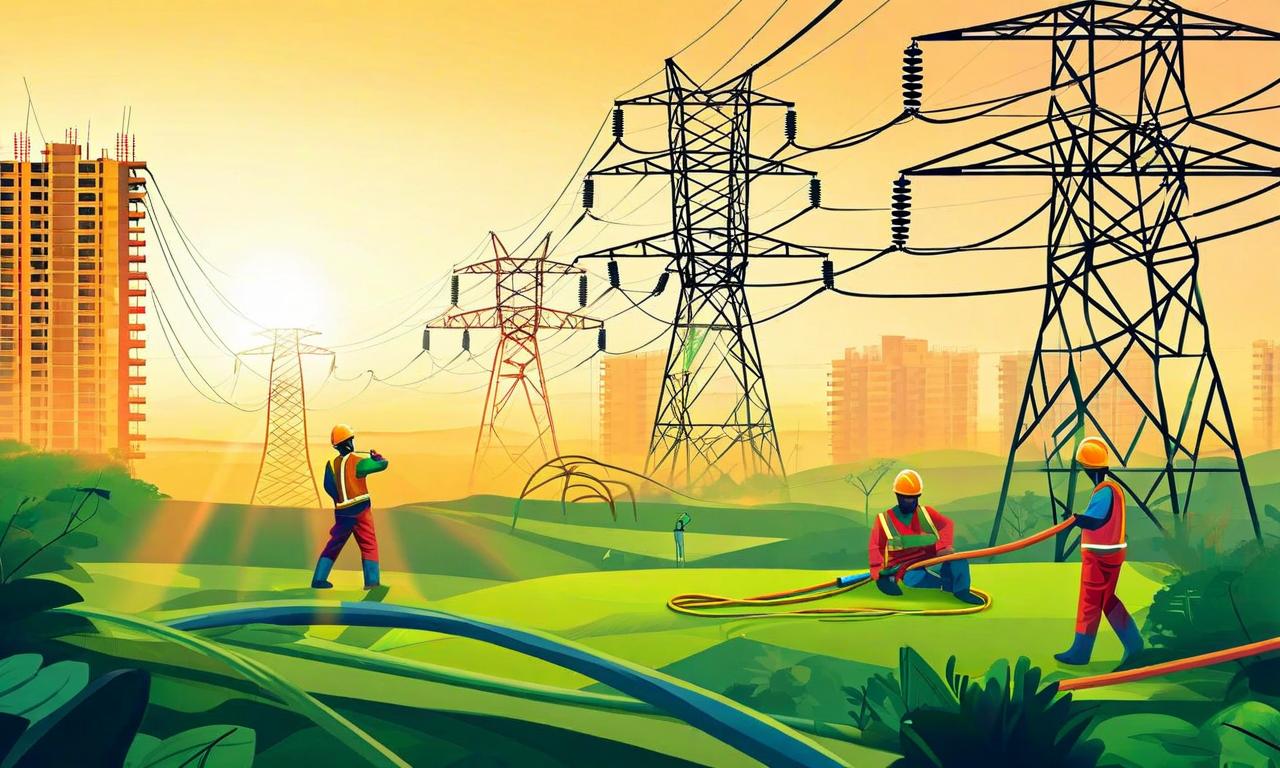Russia-Ukraine War Reshapes Global Markets as Trump-Putin Ceasefire Talks Loom
World markets are closely watching as former US President Trump and Russia's Putin prepare to meet in Alaska to discuss a potential ceasefire in Ukraine. The ongoing conflict has significantly impacted global markets and economies. Key effects include: European economic challenges, particularly in Germany; surge in defense stocks with Leonardo up over 600% and Rheinmetall over 1,500%; energy market volatility with Brent crude rising 30% and natural gas prices soaring nearly 300%; currency fluctuations with the Russian Rouble up 40% against the dollar and the Euro down 6%; and a growing US-EU energy partnership with projected EU purchases from the US reaching $250 billion by 2027.

*this image is generated using AI for illustrative purposes only.
World markets are on high alert as former US President Donald Trump and Russia's Vladimir Putin prepare to meet in Alaska to discuss a potential ceasefire agreement in Ukraine. The ongoing conflict, which began in February 2022, has had far-reaching consequences for global markets and economies.
Economic Impact
The war has significantly affected Europe's economy, particularly due to its reliance on Russian gas. Germany, Europe's largest economy, has experienced stagnation as a result. Despite these challenges, the European STOXX 600 index remains near the record high set in March, demonstrating the market's resilience.
Defense Sector Surge
One of the most notable market trends has been the extraordinary performance of defense stocks:
- Leonardo: Up over 600%
- Rheinmetall: Surged over 1,500%
These dramatic increases reflect the heightened focus on defense spending in response to the conflict.
Energy Market Volatility
The war has triggered significant volatility in energy markets:
- Brent crude: Rose 30% to $139.00 per barrel
- Natural gas prices: Soared nearly 300%
These price spikes have contributed to global inflationary pressures, prompting central banks to implement aggressive interest rate hikes.
Currency and Debt Developments
The conflict has had varying impacts on currencies and national debts:
- Ukraine: Restructured $20.00 billion of government debt
- Russia: Economy initially contracted but rebounded, driven by increased defense spending
- Russian Rouble: Up nearly 40% against the dollar
- Euro: Fell almost 6% against the dollar
The war has also accelerated global efforts towards de-dollarization, potentially reshaping the international monetary landscape.
US-EU Energy Partnership
In response to the geopolitical shifts, the European Union has committed to a significant increase in energy purchases from the United States:
| Year | Projected Annual Purchase |
|---|---|
| 2024 | $75.00 billion |
| 2027 | $250.00 billion |
This strategic shift underscores the changing dynamics of global energy trade in the wake of the conflict.
As Trump and Putin prepare for their talks in Alaska, the global financial community remains watchful. The outcome of these discussions could have profound implications for international markets, potentially marking a new chapter in the economic narrative of the Russia-Ukraine war.

























